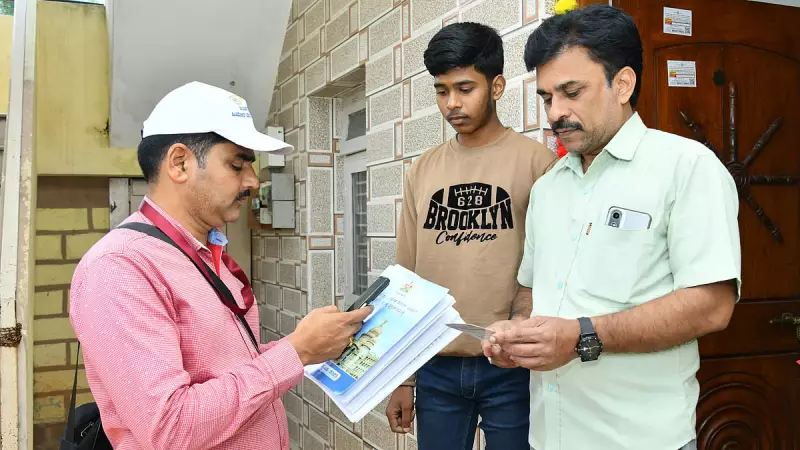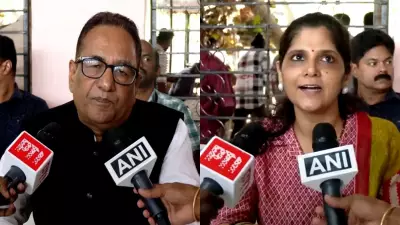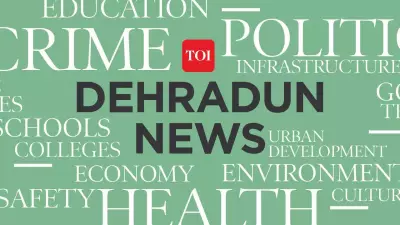
The recently released Karnataka caste census has sparked intense debate across political and social circles, revealing fascinating insights into the state's complex demographic fabric. While the data presents numerous challenges in interpretation, it undeniably marks a significant milestone in understanding India's social structure.
Beyond the Numbers: What the Census Really Reveals
The comprehensive survey goes beyond mere headcounts, offering a nuanced picture of caste distribution and socio-economic status across Karnataka. The findings challenge several long-held assumptions about demographic dominance and highlight the intricate patterns of social stratification that persist in modern India.
Political Implications and Future Ramifications
Political analysts are closely examining how these revelations might influence future reservation policies and electoral strategies. The data could potentially reshape political alliances and redefine the discourse around social justice in Karnataka and beyond.
Key Findings That Defy Conventional Wisdom
- Surprising patterns in caste distribution across urban and rural areas
- Unexpected socio-economic indicators among various communities
- Regional variations that contradict established narratives
- Educational and employment disparities across caste lines
Methodological Challenges and Data Interpretation
Experts caution that interpreting the census data requires careful consideration of methodological constraints. The survey faced numerous implementation challenges, from data collection to categorization, which could affect the final analysis.
The Road Ahead for Policy Making
As policymakers digest these findings, the focus shifts to how this data will inform future governance decisions. The census provides an evidence-based foundation for targeted development programs and more equitable resource allocation.
The Karnataka caste census represents more than just statistical data—it's a mirror reflecting the complex reality of Indian society. As the debate continues, one thing remains clear: this landmark survey has opened new avenues for understanding and addressing social inequalities in contemporary India.





